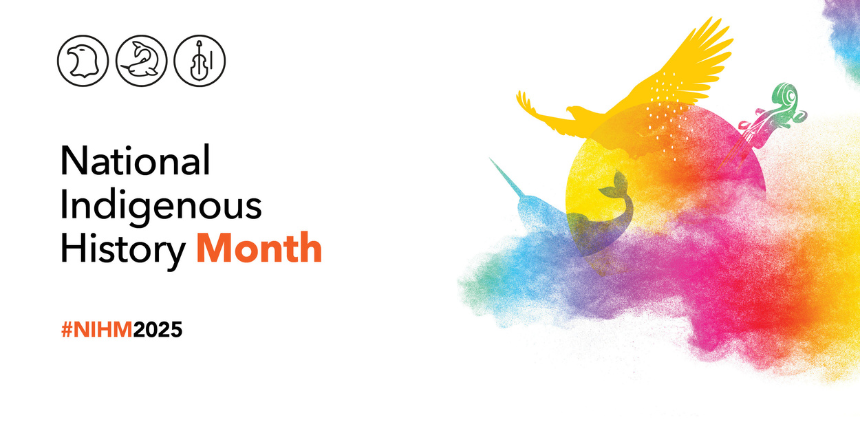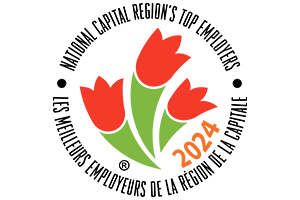

June marks National Indigenous History Month in Canada, a time dedicated to honouring and celebrating the rich history, heritage, resilience, and diversity of First Nations, Inuit, and Métis peoples.
In 2023, Engineers Canada released its Public Guideline on Indigenous Consultation and Engagement. This guideline was created through the collaboration of hundreds of Indigenous and non-Indigenous interest holders from Canada’s engineering and regulatory ecosystem. They provided valuable perspectives on how engineers and engineering firms can engage meaningfully when working with Indigenous communities and interest holders on engineering projects. Two years after being published, the guideline, whose development was overseen by Engineers Canada’s Canadian Engineering Qualifications Board, has been viewed and used by thousands across the country.
In recognition of National Indigenous History Month and Indigenous Peoples Day on June 21st, Engineers Canada reached out to Gayle Frank and Danilo (Giniw) Caron, EIT, the consulting team from Urban Systems who led the guideline’s development process, to share some reflections on what it was like to develop the guideline and its significance to them now.
How and where have you seen the guideline being used?
It’s been a few years now, and we have seen the guideline come up in many different spaces, as a tool for engineering students at the university level, in project meetings, listed as a professional development resource, and in internal learning sessions. It gives people a place to start thinking differently about how they engage with Indigenous peoples in their work. It doesn’t try to have all the answers, and maybe that’s what makes it useful. It opens the door for reflection, better questions, and ongoing learning.
We often refer to the guideline when people use “consultation” and “engagement” interchangeably. Understanding the difference is an important step in learning how to work with First Nations in ways that are more respectful and informed.
What role do you think guidance like this can play in the larger goal of Truth and Reconciliation?
This year, 2025, marks 10 years since the Truth and Reconciliation Commission finalized its report and Calls to Action. That anniversary is a reminder that reconciliation is not a one-time event. It takes sustained effort, especially in professions like engineering, where decisions about land, infrastructure, and development have long-term impacts on Indigenous communities.
Do you have any other thoughts on the guideline’s use and future?
It would be good to know more about how the guideline is being used across the country, who’s finding it helpful, where it’s making a difference, and where there’s still room to grow. There’s potential to build on this work by creating space for feedback to be shared and reflected in future updates. Keeping Indigenous voices at the centre of that process is key. That’s how the work stays relevant and connected.
If you do have a story about how you’ve used the Guideline on Indigenous Consultation and Engagement and where you’ve seen it used, we would love to hear it. Please feel free to reach out to Ryan Melsom, Manager, Qualifications at ryan.melsom@engineerscanada.ca.
Gayle Frank is the Senior Advisor for Indigenous Relations and Truth and Reconciliation at Urban Systems, and Danilo (Giniw) Caron, EIT, is a doctoral student and independent contractor who contributed his expertise to the project.


